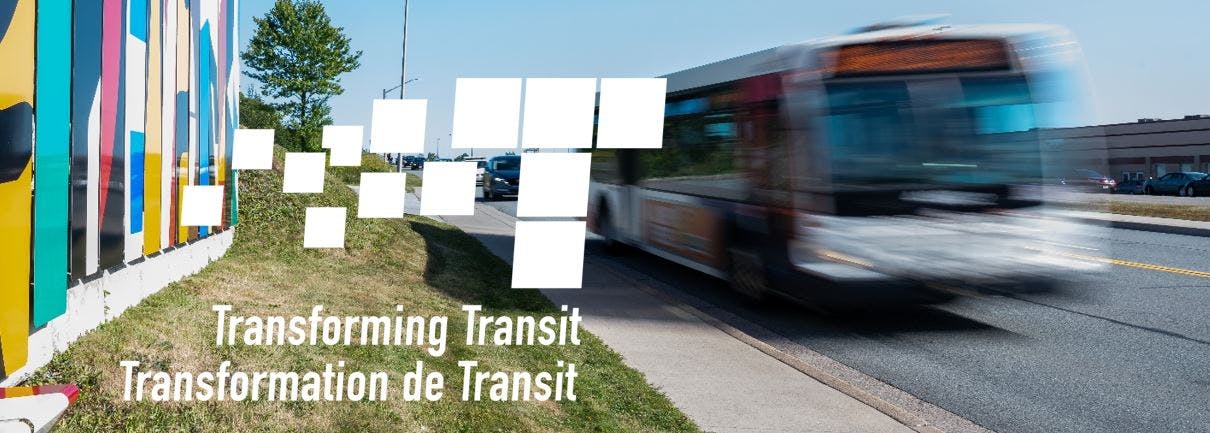Frequently asked questions
- On-demand service is technology-enabled, shared public transportation. (This service is stop to stop, not door to door.)
- Buses will operate within a zone and service stops within that zone. The bus will only travel if needed.
- Passengers access the system in two ways. Most will use an app to book and track their rides. Riders will also be able call to book a ride.
- Drivers and dispatchers use the app to plan passenger pickups.
- The app determines where and when the driver responds to on-demand requests.
Why is the City doing this project?
The transit system is failing to meet the needs of current riders and is not able to attract new riders.
The City commissioned two studies – the Stantec Report and MoveSJ (both available on this site) – to evaluate how the service was performing, and determine how best to achieve system improvements. Three options were presented: raise fares, cut service hours, or change the system and transform the service completely. The Saint John Transit Commission has opted to transform the service.
This transformation represents a fundamental change in how we provide transit service to Saint Johners. It’s important to remember that our goal is to provide a better service, rather than cut what we have. If we don’t transform the service now, the system will become unsustainable, and we will have to raise fares and cut routes and hours.
What are the biggest changes?
The service will move from 100 percent fixed-scheduled routes to a combination of fixed-route enhanced “rapid” lines and on-demand service.
Rapid lines will form a “backbone” and on-demand service will provide access to and from that backbone. Electronic fares and green, right-sized vehicles will also be introduced.
How are routes and stops being determined?
Routes are being designed using recommendations from the Stantec Report, GIS (geographical information systems) data, ridership data, input from subject matter experts, and industry standards. Rapid lines are being designed based on a recognition of healthcare, employment and education destinations as key “nodes.”
A key goal is to have 70 percent of the population within 1,250 meters of a rapid line. Rapid lines will see a 20-minute bus frequency during peak hours.
What is on-demand/"flex" service?
Do any other cities use on-demand service?
Currently over 12 cities in Canada use on-demand service, including Belleville, Waterloo and Barrie in Ontario and Regina in Saskatchewan. It is also widely used in the United States.
What about people without access to technology?
Project planners are well aware that not everyone will be able to access this technology. The system will be accessible by phone. We will work with suppliers and community groups to ensure the system remains accessible.
We also ask the community to help us. If you know someone who uses transit without access to a phone, you will be able to book rides for them.
It is important, when considering the impact of these changes on current riders, to note that this transformation is necessary to make the system sustainable financially and to provide better service to the majority of our riders. Without this transformation, routes and hours will continue to be cut.
What about stops?
There are currently 721 bus stops – far too many for a system this size. Many stops are not marked and are too close together, when compared with industry standards. Thus, the number of stops will be reduced, and stops may be relocated to better serve riders and provide amenities.
The goal is to have better bus stops that serve larger groups of riders.
The location of stops will be determined by major nodes, size of the population in area surrounding the stop, accessibility, safety, and connections to other routes.
Will fares go up because of this transformation?
Saint John Transit makes every effort to keep fares low. However, fares may rise as a result of current world conditions.
This project will simplify the fare structure and introduce an electronic fare collection system.
